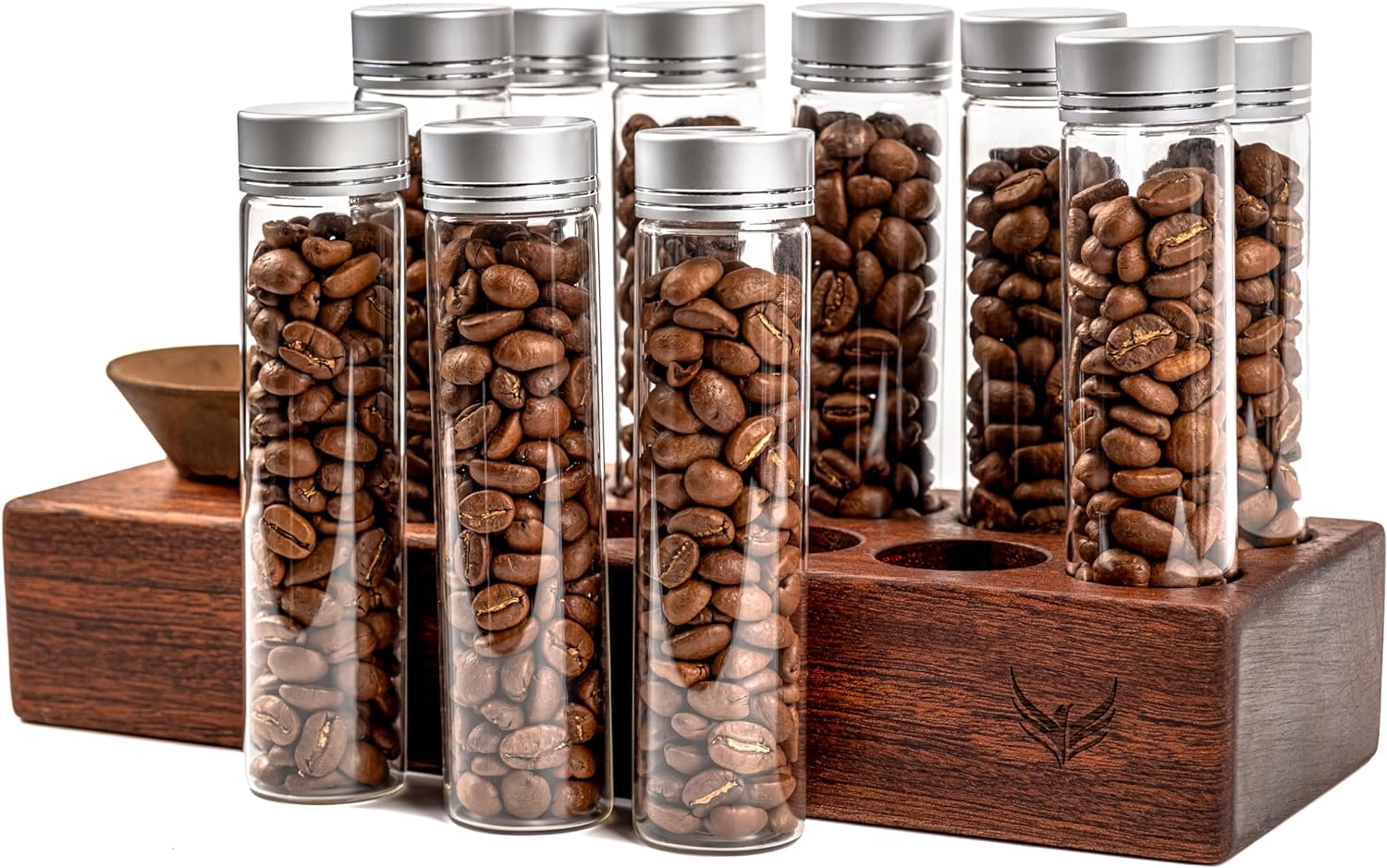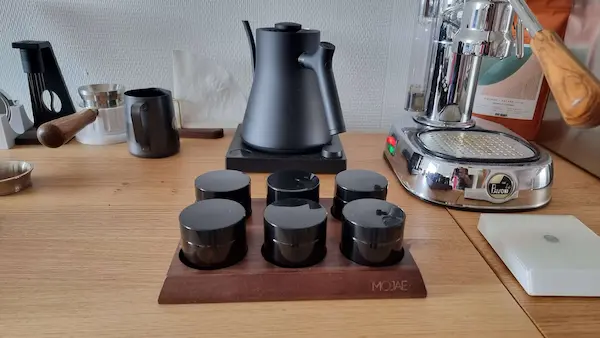Passionate coffee enthusiasts are always on the lookout for innovative ways to elevate their coffee-drinking rituals. One such burgeoning trend that has been capturing attention is the practice of “single dosing.” In this comprehensive article, we will delve into the intricacies of this method, examining both its advantages and drawbacks. Additionally, we’ll equip you with valuable insights on seamlessly incorporating single dosing into your coffee-making routine. Get ready to immerse yourself in the captivating realm of single dosing and revolutionize your coffee experience!
What is single dosing?
Single dosing represents a coffee preparation technique centered around the precise weighing and grinding of coffee beans right before use. Unlike the conventional approach, which relies on measuring tools like teaspoons, single dosing prioritizes freshness and accuracy by individually weighing each dose. In line with this approach, our mill’s reservoir remains consistently empty, adhering to the philosophy of only grinding the exact amount needed for each brewing session.

What are the advantages of single dosing?
Freshness and aromas preserved
A primary benefit of single dosing lies in the unparalleled freshness it imparts to the coffee. Grinding the beans right before brewing ensures the preservation of delicate aromas and intricate flavors, resulting in a cup of coffee that is not only fresher but also more enticing and flavorful.
Accuracy and reproducibility
Single dosing enables meticulous measurement of the coffee quantity for each infusion. This precision fosters the reproducibility of results, a crucial aspect for coffee enthusiasts aspiring to refine and perfect their brewing method.
Flexibility and experimentation
Employing the single dosing method provides a seamless way to fine-tune the coffee quantity for each brew. This grants you enhanced flexibility to experiment with various coffee-to-water ratios, empowering you to discover and tailor the perfect taste that aligns with your unique preferences.
The disadvantages of single dosing
Additional time and effort
Single dosing demands a bit more time and effort when contrasted with the traditional approach of measuring coffee. It involves the need to weigh the beans for each session and fine-tune your coffee grinder based on the desired grind. Nonetheless, numerous coffee enthusiasts deem the additional effort worthwhile, considering it a necessary step to attain a premium cup of coffee.
Investment in additional equipment
Embracing the single dosing method may necessitate an investment in key equipment, including a high-quality coffee grinder, a fitting reservoir, and small containers. Most importantly, a precision scale is essential for accurately measuring the doses. While this could entail a higher initial cost, especially for those just starting, for dedicated coffee enthusiasts, it often proves to be a meaningful and worthwhile investment in pursuit of an elevated coffee experience.
Example: Baratza’s newest release, the Encore ESP, comes equipped with an optional tank designed specifically for single dosing.
Grind retention
If you measure out 20.0g of coffee beans, the expectation is to yield 20.0g of ground coffee, right?
However, this isn’t always the case. Issues arise when some coffee beans become trapped in the burrs or accumulate at the grinder outlet. This becomes a significant concern in the context of single dosing. It’s imperative to ensure that our grinder is capable of effectively processing only a portion of the beans. Certain mills, especially commercial models often found at enticing prices on platforms like Le Bon Coin, necessitate a full reservoir for optimal operation. These grinders rely on the weight of the grains in the reservoir to exert pressure on the millstones and achieve a consistent grind. In single dosing scenarios, such grinders may retain more than 2g of coffee, leading to a variation where grinding 20g might result in only 18g.
It’s worth noting that, irrespective of your grinder’s quality, there will always be some degree of retention. However, certain models, such as the renowned Niche Zero or the Kopi Deva, come close to zero retention.
Popcorn effect
As previously mentioned, certain grinders rely on the weight of a full reservoir of beans to ensure even feeding through the burrs. Attempting to grind a small quantity of coffee with such grinders often leads to a phenomenon known as “popcorning,” causing uneven grinding.
For a more in-depth exploration of this issue, you can refer to the study conducted by Coffee Ad Astra, available for reading here:
Turn to grinders specifically engineered for single dosing, as they are less prone to encountering significant issues in this regard. Conversely, larger grinders intended for traditional restaurant applications, like the Santos, Mazzers, and Eureka grinders, may face challenges with popcorning.
Having gained insights into what single dosing entails and its associated advantages and disadvantages, let’s explore some tips for seamlessly integrating it into your coffee-making routine:
- Invest in a quality coffee grinder to get an even, precise grind.
- Use a precision scale to measure each dose of coffee accurately.
- Experiment with different coffee to water ratios to find the taste that suits you best.
- Be patient and willing to adjust your brew settings to achieve perfection.
Another coffee?
To discuss it, come find us on the Coffeegeek Discord server

Leave a Reply